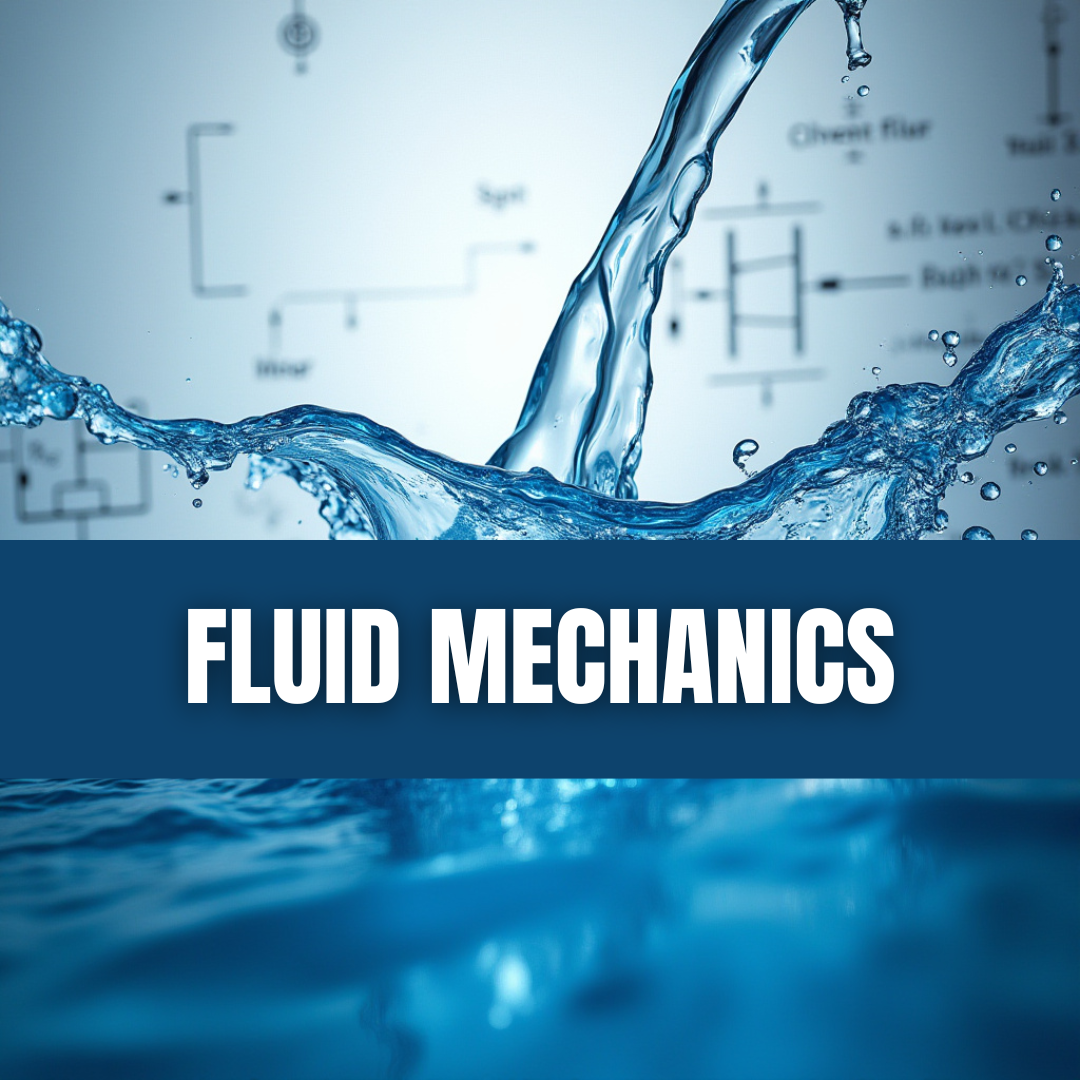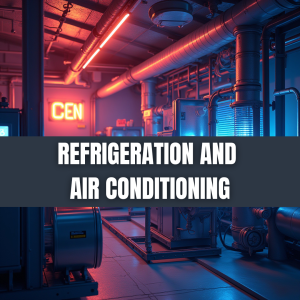Fluid Mechanics
13.98$
About the course
Fluid Mechanics deals with the Study of Nature of Fluids, i.e Liquids and Gases. The subject starts with describing the Basics of Fluids including its Properties. Following this, Fluid Statics, Kinematics and Dynamics are discussed. The subject then goes into detail by describing the two main types of Fluid Flow – Laminar and Turbulent. Towards the end, the subject describes about the Flow of Fluid occurring through a Pipe, Pipe Arrangements and Losses occurring when Fluid Flows through it.describes about the Flow of Fluid occurring through a Pipe, Pipe Arrangements and Losses occurring when Fluid Flows through it.
What will you learn?
The complete online syllabus of this course comprises 8 Learning Modules | 115 Topics of Learning | 5 Hours of Learning
Module
- Introduction to Fluid Mechanics
- Fluid Statics
- Dimensional and Model Analysis
- Kinematics of Fluid Flow
- Dynamics of Fluid Flow
- Laminar Flow
- Turbulent Flow
- Flow-Through Pipes
Topics of Learning
- Fluid and Continuum
- Properties of Fluid: Basic Properties
- Properties of Fluid: Viscosity
- Properties of Fluid: Surface Tension
- Properties of Fluid: Capillarity
- Properties of Fluid: Compressibility and Bulk Modulus
- Properties of Fluid: Vapour Pressure
- Ideal and Real Fluid
- Newtonian and Non-Newtonian Fluids
- Pressure
- Pascal’s Law
- Pressure-density-height relation
- Measurement of Pressure
- Differential Manometers
- Manometer: Inverted U Tube
- Resultant Force Centre of Pressure
- Pressure on Vertical Plane Surface
- Pressure on Curved Surface
- Buoyancy and Floatation
- Metacenter & Metacentric Height
- Equilibrium of Submerged Body
- Equilibrium of Floating Body
- Horizontal Movement of Fluid Masses
- Vertical Movement of Fluid Masses
- Buckingham’s Pi Theorem
- Reyleigh Method
- Dimensionless Numbers
- Different types of Similarity
- Types of Model Laws
- Steady and Unsteady Flow
- Uniform and Nonuniform Flow
- Laminar and Turbulent Flow
- Compressible and Incompressible Flow
- Rotational and Irrotational Flow
- One, Two and Three Dimensional Flow
- Subsonic, Sonic and Supersonic Flow
- Subcritical, Critical and Supercritical Flow
- Different Field Lines
- Velocity Potential Function and Stream Function
- Flow Net
- Methods of Drawing Flow Net
- Continuity Equation
- Circulation
- Vortex Flow
- Super Imposed Flow: Source-Sink Pair
- Super Imposed Flow: Doublet
- Super Imposed Flow: Flow Past a Half Body
- Forces acting on a Moving Fluid
- Nevier Stokes Theorem
- Reynold’s Transport Theorem
- Euler’s Equation of Motion and Bernoulii’s Equation
- Pitot Tube
- Problem of Pitot Tube
- Orifice Meter
- Problem of Orifice Meter
- Venturi Meter
- Problem of Venturi Meter
- Discharge through Orifice, Mouthpiece and Notch
- Momentum and Impulse Momentum Equation
- Force exerted by Fluid on Pipe Bend
- Laminar Flow
- Reynolds Experiment
- Laminar Flow: Circular Pipes
- Laminar Flow:Loss of Head in Circular Pipes
- Laminar Flow: Parallel Plates at Rest
- Laminar Flow: Loss of Head in Parallel Plates at Rest
- Momentum Correction Factor
- Kinetic Energy Correction Factor
- Turbulent Flow
- Types of Turbulent Flow
- Intensity of Turbulence
- Eddy Viscosity
- Reynolds Theory of Turbulent Flow
- Mixing Length Theory
- Hydrodynamically Smooth and Rough Pipes
- Hydrodynamically Smooth and Rough Pipes Contd.
- Velocity Distribution in Turbulent Flow
- Pipe Losses ( Hagen–Poiseuille equation)
- Flow through Syphon
- Hydraulic Grade Line and Total Energy Line
- Pipes in Series
- Pipes in parallel
- Transmission of Power through Pipes
- Pipe Networks
- Three Reservoir Problems
For a quick review, please watch our videos here 




